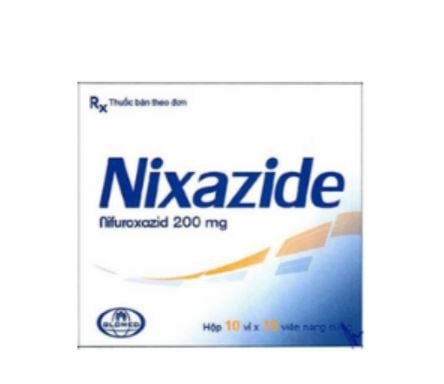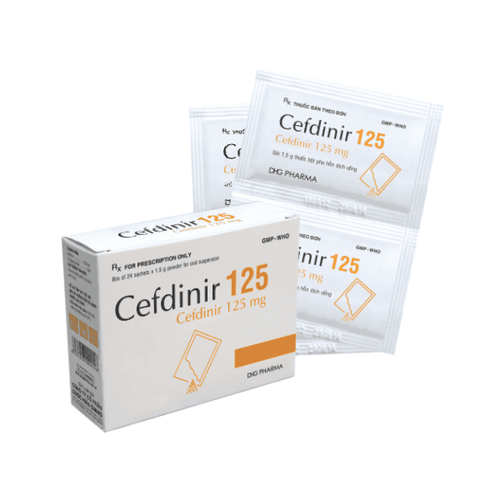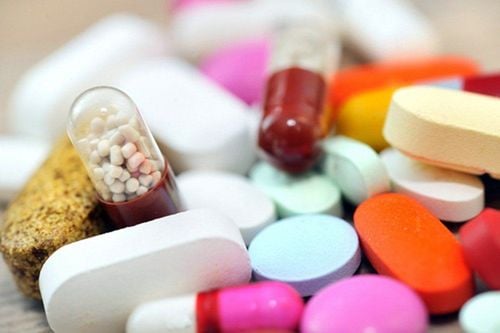This is an automatically translated article.
The article is professionally consulted by resident Doctor Le Thanh Tuan - Department of General Surgery - Vinmec Nha Trang International General Hospital.
1. Overview of pseudomembranous colitis
Pseudomembranous colitis is an inflammatory bowel disease that occurs in some people after taking antibiotics due to an overgrowth of a bacteria called Clostridium difficle (C.difficile). However, not everyone who takes antibiotics will cause pseudomembranous colitis or not all antibiotics have a side effect of causing pseudomembranous colitis, which is only seen in some people and some antibiotics. born only.
Pseudomembranous colitis occurs when harmful bacteria in the large intestine - most commonly C. difficile release potent toxins. These toxins irritate the intestines, causing the signs and symptoms of pseudomembranous colitis.
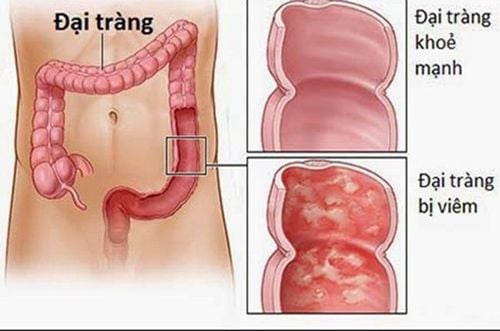
C. difficile is an anaerobic bacteria with spores, so it has very good resistance when going outside as well as in the digestive tract. Cl.difficile bacteria will produce enterotoxins and cytotoxic toxins. When toxins affect the lining of the colon, it will cause inflammation and increase secretion to form white pseudomembranous. This pseudomembrane is soft, so it is easy to peel off, when it comes off, it will leave inflammation, ulceration and bleeding of the mucosa.
Symptoms of pseudomembranous colitis may begin 1-2 days after you start taking antibiotics or several weeks after you complete a course of antibiotics.
Depending on the severity or mildness of the disease, the symptoms have different manifestations. The patient may have a fever, sometimes up to 38-39 degrees Celsius. The disease may cause abdominal pain (it can be dull or cramping or intermittent pain); diarrhea or solid stools, which may be bloody or accompanied by mucus and pus; Some severe cases can even be life-threatening. But if caught early, treatment for most cases of pseudomembranous colitis is successful.
In addition, there are risk factors such as: common disease in people over 65, people with weakened immune systems, people with certain diseases such as inflammatory bowel disease and colorectal cancer, or undergoing surgery bowel surgery, being hospitalized ... the risk of disease is higher.
2. Diagnosis and treatment of pseudomembranous colitis
2.1. Diagnosis of pseudomembranous colitis Tests and procedures used to diagnose pseudomembranous colitis and to look for complications include:
Stool sample test: This method uses several different stool samples each other to detect C. difficile infection in the colon ; Blood test: This test can show an abnormally high number of white blood cells (white blood cells), which can determine if you have pseudomembranous colitis; Colonoscopy or sigmoidoscopy: In both of these tests, your doctor uses a tube with a miniature camera on the end to check the inside of your large intestine for signs of pseudo-colitis. conjunctiva, yellow patches (lesions) and bumps; Imaging tests: If you have severe symptoms, your doctor may order an X-ray or CT scan of your abdomen to look for complications such as an enlarged colon or a ruptured bowel.
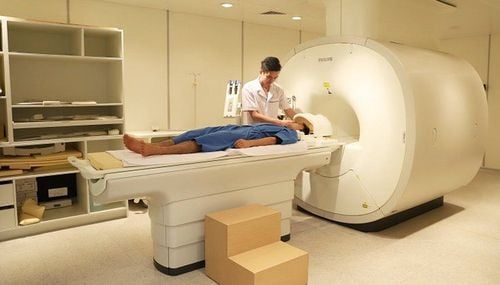
2.2. Treatment of pseudomembranous colitis Treatment of pseudomembranous colitis usually involves discontinuing the current antibiotic and starting an effective antibiotic for C. difficile. In rare cases, surgery may be necessary. When treatment for pseudomembranous colitis is started, signs and symptoms may begin to improve within a few days.
Treatments for pseudomembranous colitis include:
Discontinuation of current antibiotics: Treatment of pseudomembranous colitis usually begins with discontinuing the antibiotic believed to be causing the signs and symptoms. Sometimes, this can be enough to resolve the condition or at least the sign, such as diarrhea.
Switch to a different antibiotic: If signs and symptoms persist, your doctor may recommend an antibiotic that is effective against C. difficile bacteria. Although it may seem strange to use antibiotics to treat disorders caused by antibiotics, treatment with other antibiotics to kill C. difficile allows normal bacteria to grow back. restore the balance of bacteria in the colon.
Antibiotics used to treat pseudomembranous colitis are usually taken orally. However, depending on the severity of the inflammation and medications, these can be treated with medications intravenously or through a nasogastric tube.
Fecal transplant (FMT): If the condition is severe, you may be given a fecal transplant from a healthy donor to restore the balance of bacteria in your large intestine. Doctors will combine antibiotic treatment followed by a stool transplant.
Surgery: If the patient has organ failure, colon rupture, peritonitis, surgery is required.
3. Prevention of pseudomembranous colitis
Drink lots of water: Drinking a lot of water will be beneficial. However, drinks that are high in sugar or that contain alcohol or caffeine, such as tea, coffee, or cola, should be avoided, as it can worsen symptoms. Choose soft, easy-to-digest foods: These include apples, bananas, and rice. Avoid a high-fiber food such as beans, nuts, and vegetables. If symptoms improve, slowly add dietary fiber back into the diet. Try to eat many small meals instead of a few large ones. Avoid allergenic foods: Stay away from fatty, spicy, fried foods and any other foods that make symptoms worse.
Please dial HOTLINE for more information or register for an appointment HERE. Download MyVinmec app to make appointments faster and to manage your bookings easily.







